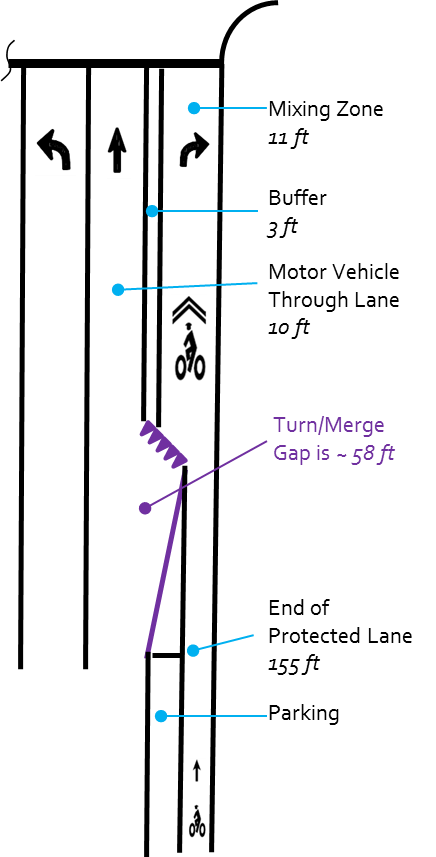By Jennifer Dill, Ph.D.
Professor, Urban Studies & Planning
Director, TREC
This week I’m at the International Travel Survey Conference in Australia. The conference happens every three years, attracting over 100 geeky people who spend time thinking about things like stated preference experiments, smartphone data collection, combining sampling frames, and respondent burden. I presented some work from our five city Green Lanes project, comparing our survey data with “objective” measures, such as videos and traffic counts. The focus was on intersections, where the protected lane is no longer separated from motor vehicles. An example of one design used in Portland, OR is shown in the adjacent figure.
Some of the comparisons...
Read moreView slides
Watch video:
Car crashes are still a leading cause of death in the United States, with vulnerable road users like bicyclists and pedestrians being injured or killed at rates that outpace their mode share.
Planners, engineers, and advocates are increasingly adopting Vision Zero and Tactical Urbanism approaches and trying to better understand the underlying causes...
Read moreView slides

